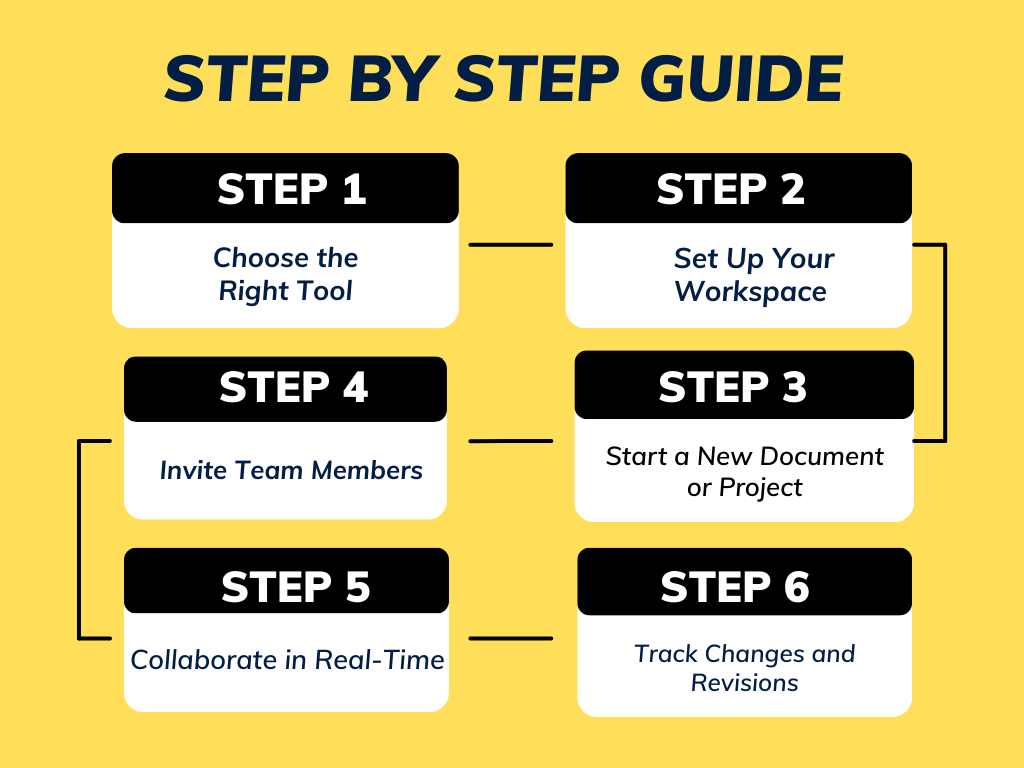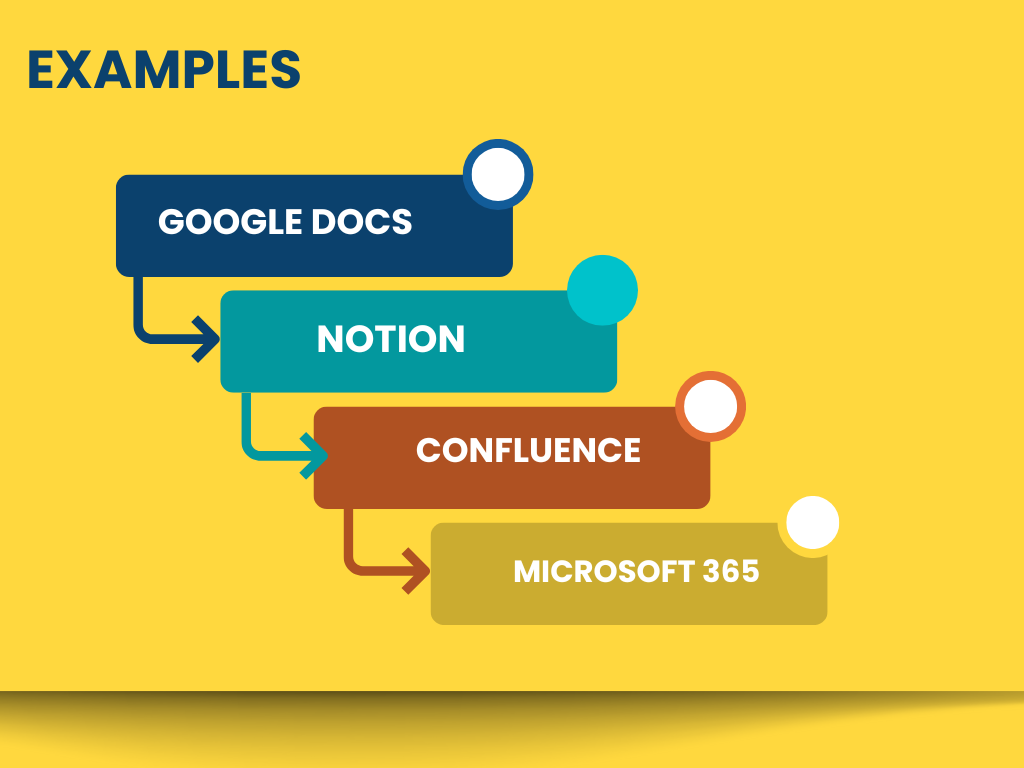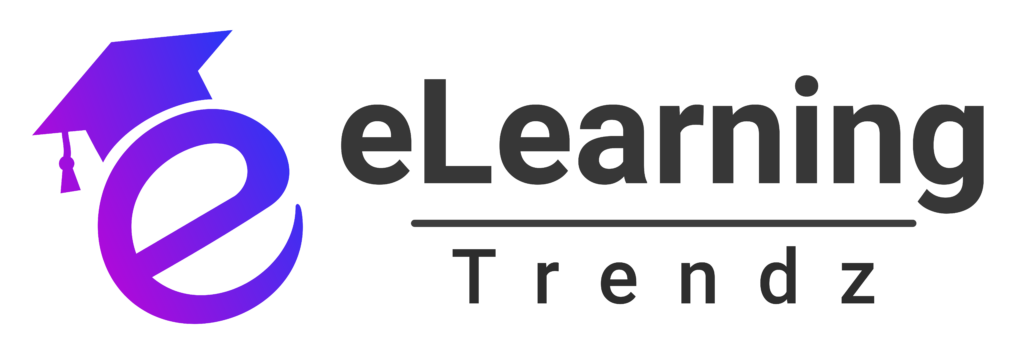Introduction
Imagine a busy office environment where multiple team members are working on the same project. Emails are flying back and forth, different versions of the same document exist, feedback is scattered across messages, and deadlines are creeping closer. Sounds stressful, right?
This is the reality for many teams who haven’t yet embraced the power of a Collaborative Authoring Tool.
In today’s fast-paced digital world, teams need smarter, faster ways to work together — and that’s where Collaborative Authoring Tools come in. In this blog, we’ll explore what these tools are, the problems they solve, their benefits, features to look for, and a simple step-by-step guide to using one effectively.
What Is a Collaborative Authoring Tool?
A Collaborative Authoring Tool is a digital platform that allows multiple users to create, edit, and review documents simultaneously in real-time.
Unlike traditional document editing, where one person edits a file at a time, these tools enable dynamic teamwork — everyone can contribute together, no matter where they are located. Examples of popular collaborative authoring tools include Google Docs, Microsoft Word Online, and Notion.
What makes them different is the real-time collaboration, version control, and seamless communication all built into one platform.
Challenges Teams Face Without a Collaborative Authoring Tool
Without a collaborative platform, teams often encounter:
1. Version Control Nightmares
Different team members working on different versions lead to confusion and errors.
2. Communication Gaps
Feedback scattered over emails and chats often gets lost or misinterpreted.
3. Duplication of Work
Without clarity, two people may end up working on the same task, wasting precious time.
4. Wasted Time in Manual Updates
Constantly merging changes manually is both tedious and risky.
These challenges not only slow down projects but also demotivate teams.
Key Benefits of Using a Collaborative Authoring Tool

Let’s dive into the transformational benefits these tools offer:
Real-Time Collaboration
Team members can work on the same document at the same time, seeing changes live — no more waiting around.
Better Version Management
Every edit is tracked, and previous versions can easily be restored if needed, reducing the risk of losing important data.
Improved Productivity
With everyone working together efficiently, projects are completed faster and with fewer mistakes.
Enhanced Communication
Built-in commenting, tagging, and suggestion features make it easy to give and receive feedback instantly.
Secure and Centralized Access to Documents
Documents are stored in a secure cloud, accessible anytime and anywhere, making remote work smoother.
How a Collaborative Authoring Tool Transforms Teamwork
Before Using a Collaborative Authoring Tool
A marketing team trying to prepare a campaign document struggles with endless email threads, conflicting document versions, and unclear feedback.
After Using a Collaborative Authoring Tool
The same team now co-creates the document in real-time, leaves comments directly on the file, tracks every change, and finalizes the campaign in record time — with clarity and collaboration at its best.
In short, these tools shift teams from chaos to coordination effortlessly.
How to Use a Collaborative Authoring Tool: A Step-by-Step Guide

If you’re ready to empower your team, here’s a simple stepwise guide to start:
Step 1: Choose the Right Tool
Select a tool that fits your team’s size, budget, and security needs (e.g., Google Docs for simplicity, Confluence for enterprise-level teams).
Step 2: Set Up Your Workspace
Create a shared workspace or folder where team documents will live.
Assign permission levels — decide who can edit, comment, or view.
Step 3: Start a New Document or Project
Create a new file or choose a ready-made template that suits your project.
Step 4: Invite Team Members
Send invites or share the document link with your team, setting proper access controls.
Step 5: Collaborate in Real-Time
Encourage team members to write, edit, and comment live. Use chat or comment features for quick discussions.
Step 6: Track Changes and Revisions
Use built-in version history tools to monitor edits and restore earlier versions if needed.
Features to Look for in a Good Collaborative Authoring Tool
When choosing the best tool for your team, prioritize these features:
- Easy Sharing and Access Control: Quickly share files while maintaining security.
- Real-Time Editing: Instant updates by multiple users simultaneously.
- Commenting and Feedback System: Built-in tools for effective team communication.
- Integration with Other Tools: Smooth connectivity with apps like Slack, Trello, Zoom.
- Robust Security Features: Encryption, access controls, and backup systems.
Examples of Popular Collaborative Authoring Tools

Here are some trusted tools that teams around the world rely on:
- Google Docs: Easy-to-use, free, and perfect for simple collaboration.
- Notion: Great for document collaboration combined with project management.
- Confluence: Ideal for enterprise-level documentation and knowledge management.
- Microsoft 365: Strong collaborative features with familiar Word, Excel, and PowerPoint tools.
Conclusion
In a world where teamwork is everything, using a Collaborative Authoring Tool is no longer optional — it’s a necessity. It streamlines your workflow, strengthens communication, and ensures your team stays aligned and productive.
If your team isn’t using a collaborative authoring tool yet, you’re already a step behind.
Explore one today, and see the difference it makes in your projects, your productivity, and your success!
FAQ Section
A document sharing tool only allows you to send files back and forth, while a collaborative authoring tool enables real-time co-editing, feedback, and version management.
Absolutely! Even teams as small as two people can experience better organization, faster results, and less stress.
Yes, most reputable tools offer encryption, access controls, and regular backups to ensure document safety.














